Saturday, August 4, 2012
Nigeria: Akwete Cloth -- An Igbo Textile Art
BY MCPHILIPS NWACHUKWU AND APPOLOS OZIOGU IBEBABUCHI/VANGUARD
WEAVING is an ancient craft of man dating to the early new stone age when he learnt to make a rough kind of clothing from the fibers of flax plants. Weaving is described as the orderly interlacing of fibres and pressing them together to make the cloth.
In Nigeria, cloth weaving is universally practised in most urban areas and cities like Abeokuta, Ilorin, Iseyin, Akwete, Okene, Benin, Sokoto, Borno, Kano, Bida and Iseyin area among others. Raffia and cotton are most-widely used in cloth-weaving in Nigeria.
Cloth is material of great economic, cultural, political and social importance. Before the introduction of coinage currency in Nigeria, cloth was used as trade good and currency item. It is worn for body beautification and decoration, and for ceremonies. There are different types of cloth-making among various ethnic groups of Nigeria. The Yoruba are famous for Aso-Oke traditional fabric weaving.
Aso-oke is just a local homespun cotton cloth woven by men as narrow-strip cloth, usually woven with vertical stripes in different colours on background colour. The Hausa are known for Kura cloth-making which is deep blue black and shining design.
The Igbo also are known widely for Akwete-cloth weaving which is basically done by women. Akwete cloth is a special woven fabric by Igbo women in Akwete area near Aba in Abia State. It is originally referred to as "Akwa Miri" (Cloth of the water) meaning towel. Akwete cloth weaving is said to be as old as the Igbo nation.
Socio-cultural importance: Because of the dexterity of the weavers who demonstrated evincingly great mastery of technique and beauty of design, the art of Akwete-cloth weaving was erroneously believed to have been introduced from Okene in Kwara state where a similar but highly developed style earlier existed.
Patterns of red and black designs:
However, Akwete cloth comes in different colours and designs. Some are in the patterns of red and black designs, interwoven in geometric patterns on the white ground which is favoured by Igbo men. It is mainly used as a towel for bathing. The Akwete cloths, woven from sisal-hemp fibres are of coarse type, used by masqueraders, and by warriors as headgears, while those made from raffia fibres are used on religious occasions like the Ozo titleship, and for mourning by women.
But the most popular Akwete cloth is the type of cotton fabric woven from cotton fibres in colourful patterns; the weavers have much preference for bright and strong colour like red and yellow. Traditionally, the raw cotton fibres that surround and protect cotton seeds do undergo some processes before use, namely: First, ginning process, by which the cotton seeds are removed from the fibres by rolling a rod over the cotton ball. Second, bowing process, which involves making cotton fibres fluffy by flicking the string of a small bow against them until they look like cotton wool.
Third, spinning process, which is done by pulling the fibres into threads. Processing of the cotton fibres from the cotton seeds is not the same with that of the raffia fibres. Raffia as we know is the fibre from the fresh leaf of the palm tree. The process of extracting fibre from the thorny raffia palm frond demands a special skill by the woman weaver. She first of all starts from the tip, the distal end by splitting it, and then gently pulls down to the inflorescence.
Weaving as gender defined job: She dries the fibres in the sun or by the fire place to make them dry enough for use in weaving. Generally, it is women who process the raffia fibres or cotton fibres or any other kind of fibres for used in weaving.
Wide vertical loom:
Weaving is done on a loom. There are two types of loom namely: horizontal loom which is used by men weavers; vertical loom, used by women weavers. Both types of loom operate on the same principle.
An Akwete woman weaves on a wide vertical loom which produces cloth about 115cm wide x 1609cm long; the length of the finished product is normally twice the height of the loom. Thus, after processing the cotton to desired thread form, the weaver fixes a set of threads on the loom to form the warp and then the weft thread (net-work of thread) is passed over and under the warped thread.
The weft thread can be passed over more than one warped thread at a time to produce variations of thread colours and patterns in the woven cloth. As the weaving progresses, the finished cloth is slipped down over the lower beam and up and back. Then, the weaver uses a weaving stick to separate the odd and eve warp thread before she winds the weft thread onto a long narrow stick which is passed from side to side.
It is expedient to reiterate that Akwete cloth is usually made of cotton thread, and the decorative motifs are produced with cotton threads of a heavier texture or rayon silk.
Politics of cloth: The decorative motifs appear mostly on one side of the cloth, though they can appear on both sides. The decorative motifs are given names which are suggestive of their appearance. A few among them are animals heart; children's fingers; comb; earring; snake-back; stool and tortoise. However, some weavers can give different names to motifs that are not suggestive of their appearance. In the olden days, the "tortoise" motif (ikaki) is only worn by members of royal families and if anybody from non-royal family dares wear it, he or she could be punished or be sold into slavery.
The "ebe" design is specially reserved for use as a protective talisman for pregnant women or warriors. Most of these designs or motifs are by inspiration because the weavers claim that certain motifs are revealed to them by the gods, and as a result, no weaver is allowed to copy the design and it therefore dies with its owner.
Subscribe to:
Post Comments (Atom)


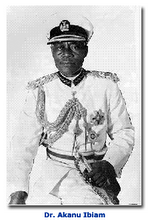
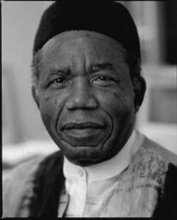

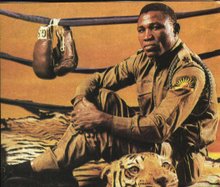
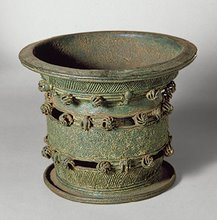
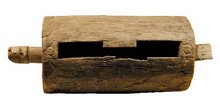
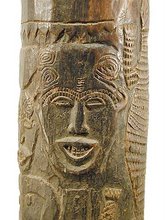
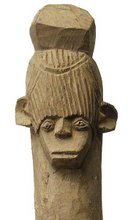
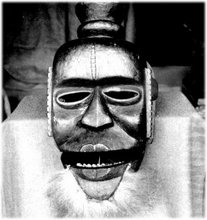

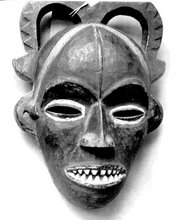
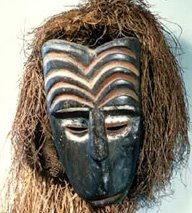
No comments:
Post a Comment